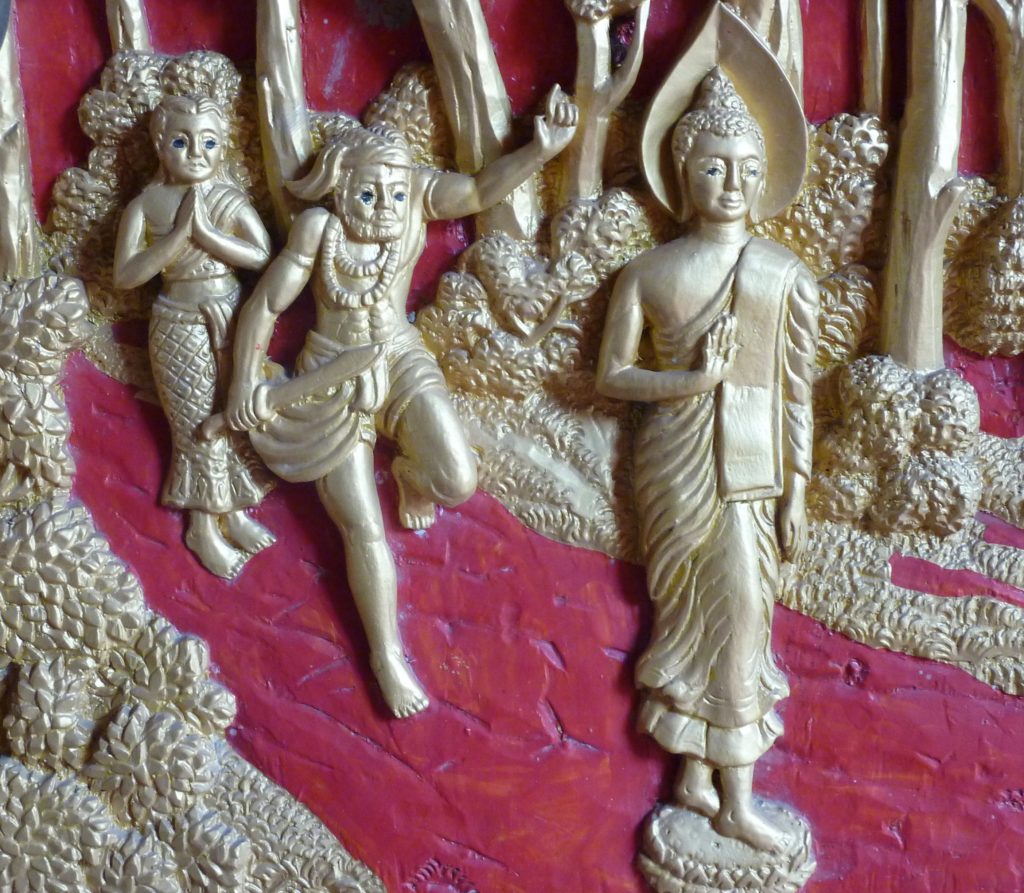

We started Lesson 28 today on “With nothing to attain, therefore, . . . ” with a discussion of the terms “inclusion” and these words from the Prajnaparamita Heart Sutra. The following are some of the...
Pilgrims meditating with the Holy Vajra Poles.at the Holy Vajrasana temple. This article provides a brief summary of the entire teaching of H.H. Dorje Chang Buddha iII on zen meditation practice. Although the practice...
“Patriarch Bodhidharma,” painting by H.H. Dorje Chang Buddha III. This article is a slightly revised reposting of one posted over a year ago about the complete dharma of Zen practice as taught by H.H. Dorje Chang Buddha...

Most of the quotes from H.H Dorje Chang Buddha III posted on this blog are from unapproved translations and may contain errors. Likewise the contents of this blog have not been reviewed or approved by the Buddha and should be considered as reference material and not Buddha-dharma.
Sign up to receive advance notice of this blog.
Zhaxi Zhuoma 2025
Add comment